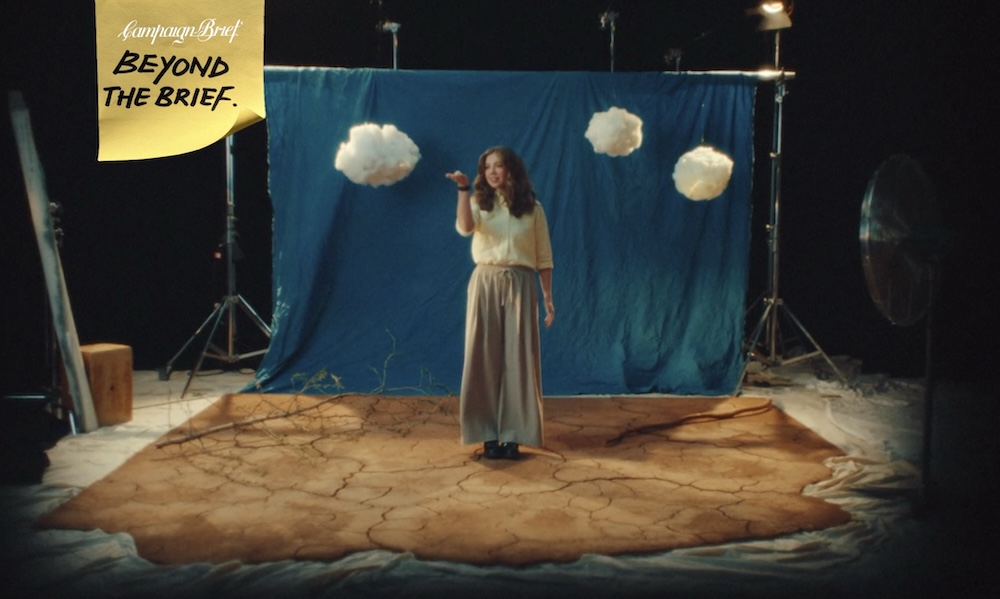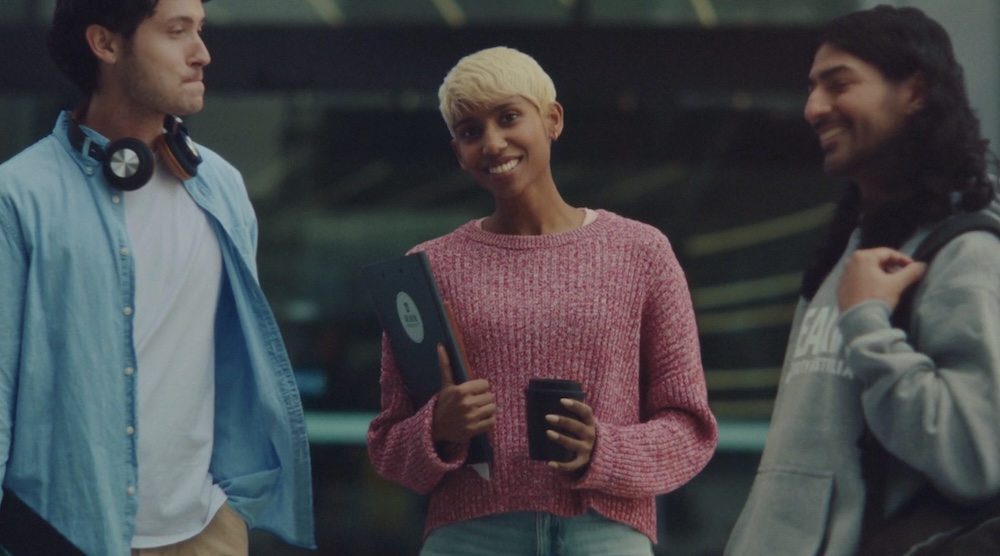Beyond the Brief: How SICKDOGWOLFMAN brought Deakin University’s ‘Wonderful Possible’ to life

In this edition of Beyond The Brief, CB chats with SICKDOGWOLFMAN Creative Founder and CD James Orr, CD Jess Wheeler, and the Deakin CMO Matt Edge and Director, Brand & Marketing Communications Abbie Allen, about their bold new brand platform ‘See the Wonderful Possible’, launched earlier this month. We dig into how the brief evolved from the expected to something more expansive, how the team approached storytelling with a sense of scale and soul, and why working with a client who “calls bullshit” in the best possible way makes all the difference.
What was the original brief? And how did the agency interpret it beyond just delivering a recruitment message?
Matt Edge and Abbie Allen: The brief was to create a campaign that communicated the lasting impact of Deakin’s education and research on students and communities, brought to life through the optimistic and progressive lens of our Wonderful Possibility brand essence. It needed to capture attention, connect emotionally, and cut through a cluttered category, building a flexible platform to engage diverse audiences and showcase our excellence in both education and research.
James: Orr The functional needs from the brief were respectfully pretty typical at its heart. Attract students, sell our facilities. But having worked with the Deakin team on projects before this, we knew that the belief system of the university was what we could really sink our teeth into.
Where did the big idea of ‘See the Wonderful Possible’ come from and how did it evolve?
Jess Wheeler: One of the very first things that drew us to Deakin as a client was this idea of ‘wonderful possibility’. It’s a way of seeing the world that runs through the organisation and underpinned all of our initial conversations and influenced the first piece of work we produced together on sustainability, ‘Let’s Keep Earth Wonderful’.
For the brand campaign, it was about bringing this viewpoint to life at an all-encompassing level, and on a much grander scale.
Uni campaigns often risk blending into one another, same visuals, same lofty lines. How did you tackle this brief to ensure Deakin stood out and didn’t get lost in the sea of sameness?
JO: Real stories from Deakin Alumni was a good jumping off point, but having ‘Wonder’ to team with it gave us some freedom to have some fun and go big.
The stories in the hero film are personal, powerful and pretty diverse. How did you choose which real-world experiences to highlight, and what did you want them to collectively say about Deakin?
ME and AA (Deakin): We looked for stories that brought Deakin’s purpose to life, enabling positive change and making a lasting impact for the communities we serve. Each story needed to feel grounded in something real, yet expansive enough to reflect Deakin’s global outlook and ambition. Whether it was tackling thunderstorm asthma through pioneering research or supporting students to become first in family graduates, each moment spoke to Deakin’s commitment to excellence in both education and research. We wanted these stories to not only resonate emotionally, but to clearly demonstrate what makes Deakin different: a university that is socially progressive, deeply human, and relentlessly committed to impact.
James, you’ve described working with Deakin as a “genuine breath of fresh air”. What makes Deakin such a great client to work with creatively?
JO: They trust. They listen. They care. They call bullshit when it’s needed, and they expect the same from us. It’s very transparent and means we can get solutions a lot faster. No pandering, no jazz hands, just open creative discussions about how we make great work together. With that said, it doesn’t mean it makes it easier, it just makes the journey more truthful and rewarding.
What drew you to Dylan Duclos as the right director for this project, and what did he bring to the table creatively?
JW: Dylan has a great eye and stylistic flex. We’ve had him on our radar for a while, and treated on jobs before, so when this concept moved into production he was one of the first names that came up.
We didn’t want a director to simply take the script and ‘shoot the boards’. We wanted them to approach the job with the same curiosity and wonder as the concept itself, and to view it through their lens. That’s really the core of ‘wonderful possibility’ as a positioning. It’s seeing the opportunity in what’s right in front of you. That’s what we wanted from a director and production co, and Dylan and Collider gave us exactly that.

JO: We went for Dylan because of his taste, everything he makes has a flavour to it and nothing he makes feels like Uni work. So that was a big tick. But what we didn’t know about him was just how much he cares. He cares deeply, he takes things on board, and he finds a way. If you want a physical embodiment ‘Seeing the Wonderful Possible’ it’s that dude.
SICKDOGWOLFMAN’s mantra is “less bark, more bite”. How did that ethos shape this campaign, and what does it say about your creative identity as an agency?
JO: ‘Less bark’ has always been about us not wanting to make noise for noise’s sake. We can’t stand it in meetings, in presentation decks or in our work. “More bite” is about emotional truth, simple power, crafted with intent. I guess this campaign, the lead up and the final execution do have a bit of that in there.
Finally, what does ‘wonderful possible’ mean to you personally, and how did that influence the way you approached this brief?
JW: It’s something we immediately resonated with. Most of what creatives make in this business gets killed. 99% of what we do never sees the light of day. So the only way you can keep plowing ahead in search of brilliance is to maintain this never ending well of optimism and curiosity. So it wasn’t hard to resonate with this idea of ‘see the wonderful possible’ and approaching challenges with a relentless ‘what if?’
